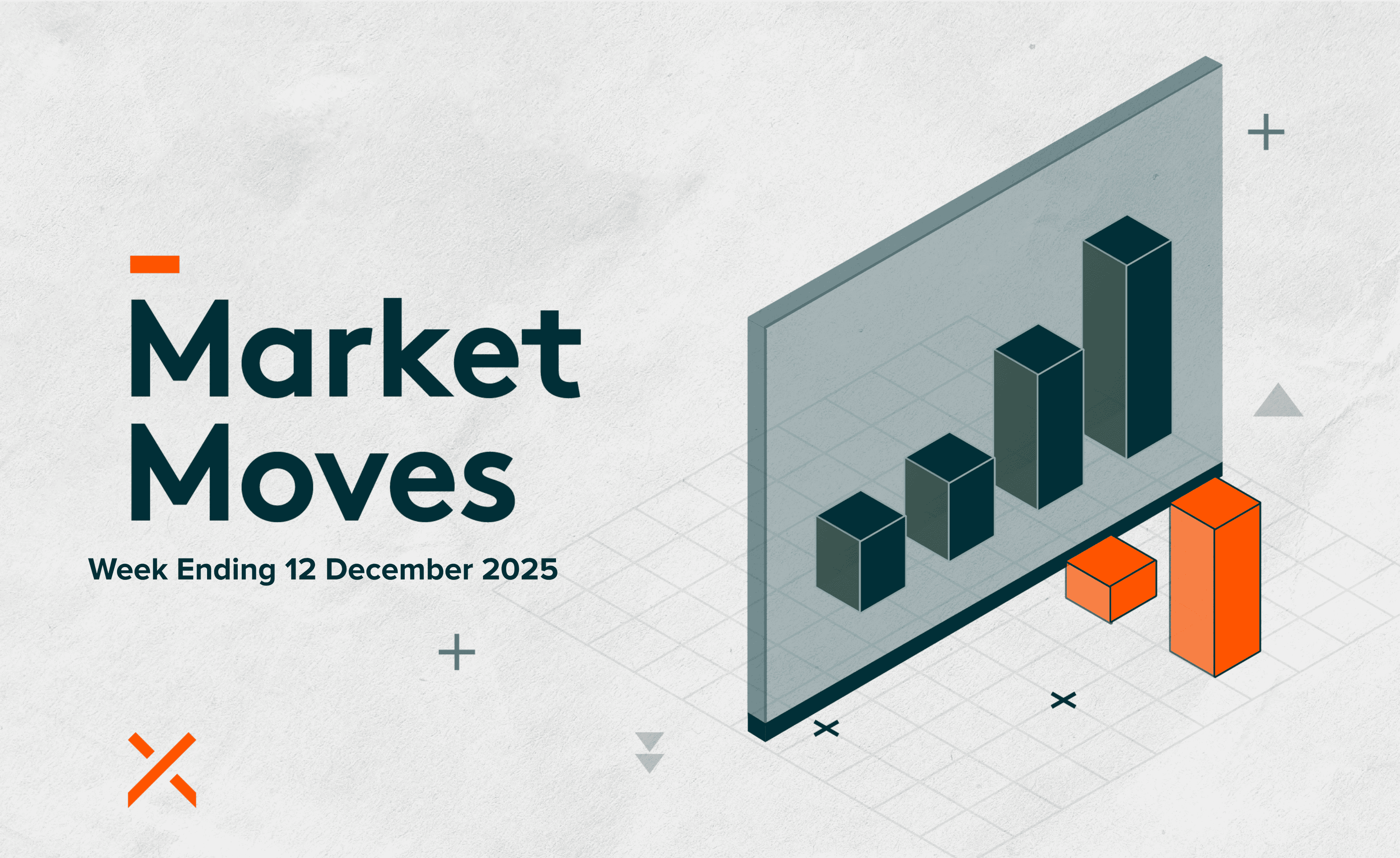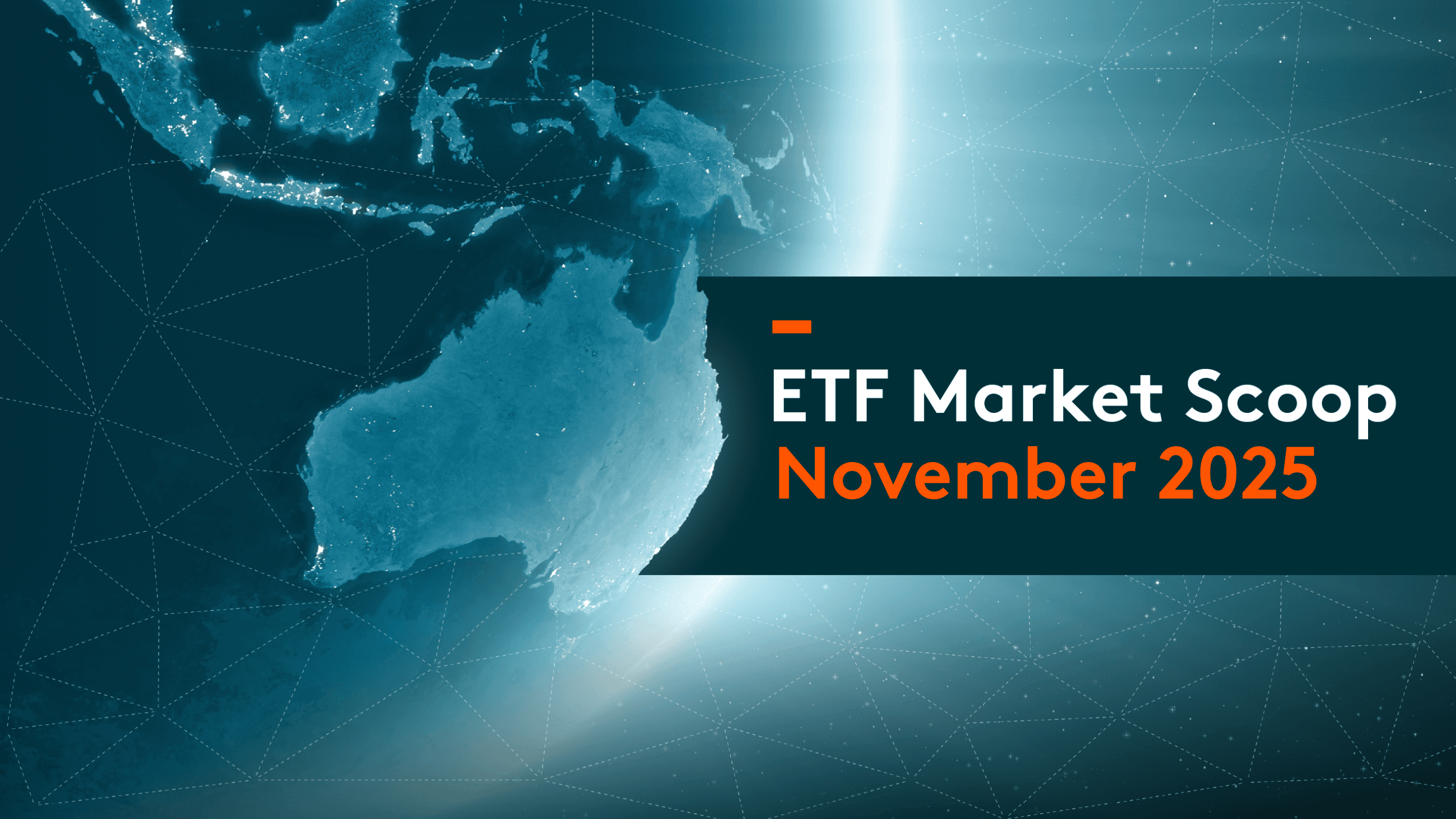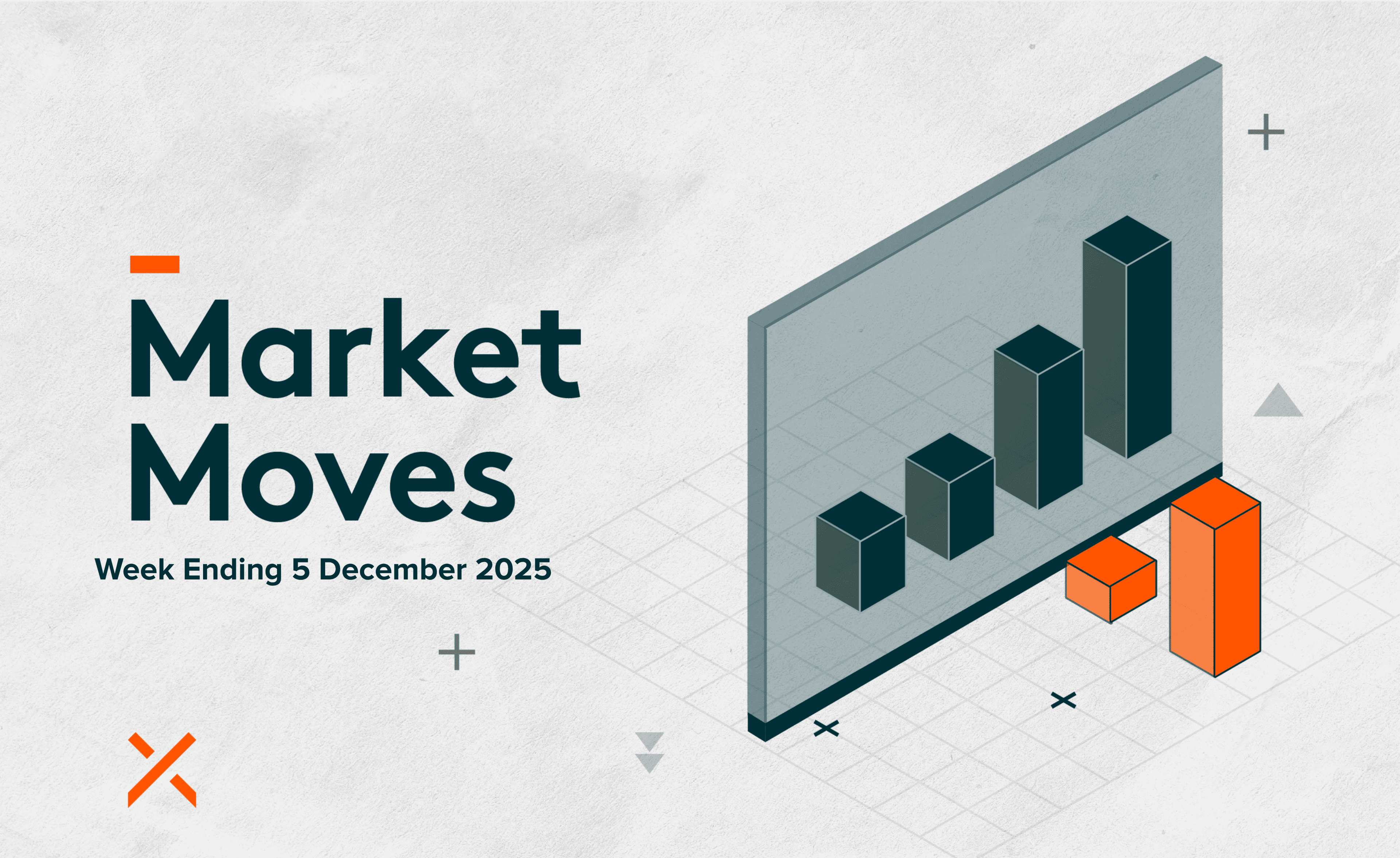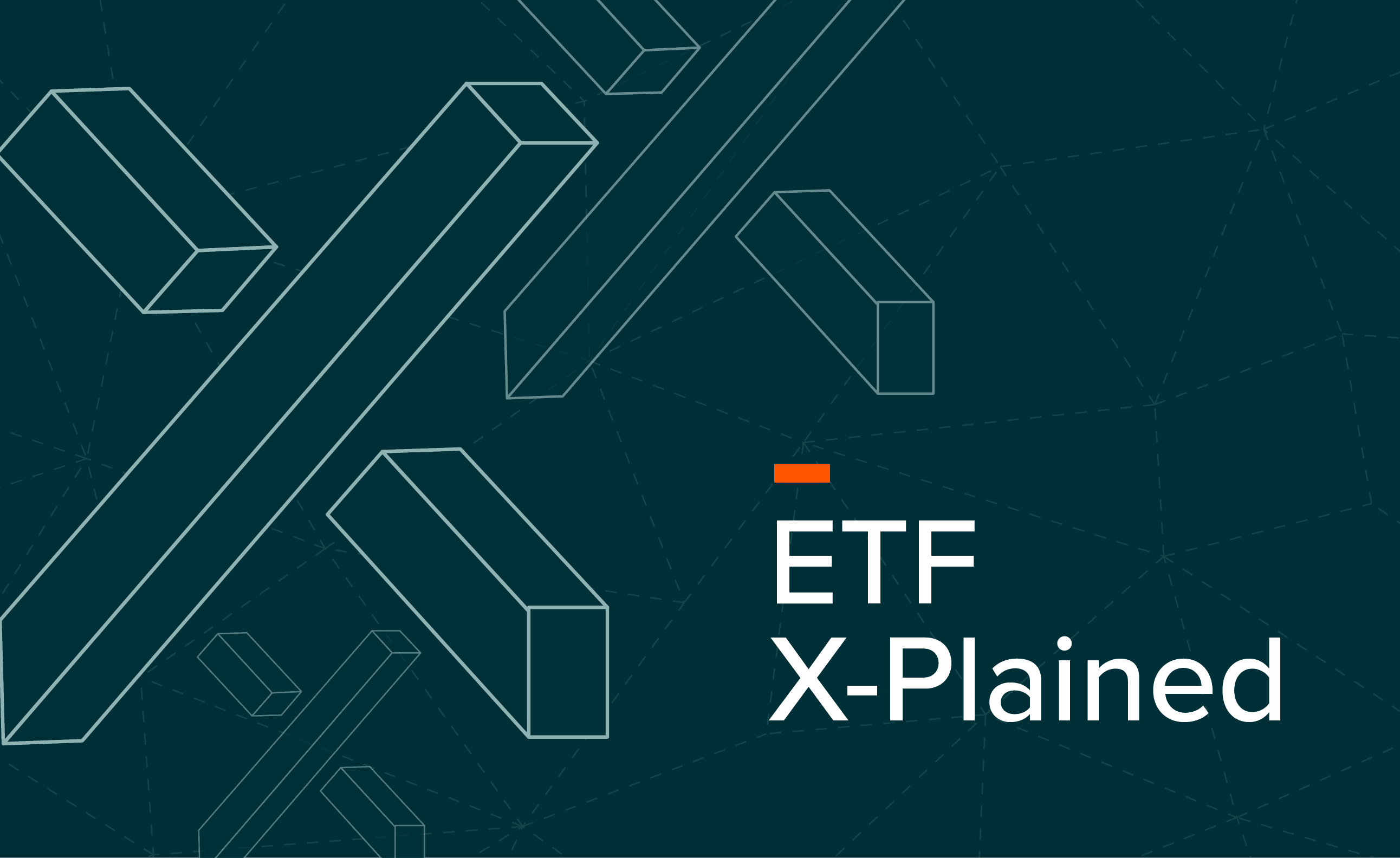
Education Hub
Global X's Education Hub provides valuable resources to help investors understand and navigate investment strategies and market trends.
Dividend Reinvestment Plan (DRP)
A Dividend Reinvestment Plan (DRP) enables investors to elect to have their cash distribution re-invested and receive new units in an ETF. This is an alternative to receiving distributions as a cash payment.
Enrolling in a Dividend Reinvestment Plan (DRP) provides a hassle-free way of increasing your investment over time, without incurring additional brokerage costs. You can automatically reinvest your dividend to receive additional units in the ETF rather than a cash payment.
Those wishing to reinvest their dividends are required to sign up to the DRP on Computershare’s website. Below is a step-by-step guide.
Step-by-step: How to sign up
- Visit www.computershare.com/au
- Select “Login to Investor Centre”
- Select “Login”
- Enter your User ID
- Answer the security question
- Enter your password
- Select “Yes” or “No” to account security preferences
- Select “My Profile”
- Then, select “Reinvestment Plans” from the menu
- Click “Apply”
- Choose the participation option and tick the agreement box
- Select “Confirm”
How Do ETF Distributions Work? Top Questions Answered
What is an ETF distribution?
ETFs like many other investment options pay distributions. But why? Well, if the underlying companies that an ETF holds pay dividends, these are paid directly into the fund. The ETF collates all forms of income within the fund and pays this out to the investor as part of a regular distribution. These forms of income include:
- Dividends – received from the underlying stocks in the fund
- Interest – from any cash in the fund
- Capital gains – received from the sale of underlying stocks at rebalance
- Franking credits – from any franked Australian shares
- Foreign income – if the fund has international stocks and received any foreign tax credits
Why do some ETFs not pay distributions?
Whether an ETF pays a distribution or not will be determined by the assets that it holds and the ETF’s distribution policy. ETFs that own bonds, or dividend-paying shares will pay distributions (should the underlying company/s decide to do so). Whereas ETFs that own commodities – such as our physical gold, silver, platinum, palladium, and precious metals – will not pay distributions as there is no income generated in these funds.
Why would I elect for DRP rather than taking my distributions as cash?
By opting into a DRP, you will increase the number of units you hold in the underlying fund without having to outlay cash to buy more. In addition, there is no brokerage fee for the purchase of new units in the fund via a DRP. Conversely, you may want to elect to receive cash for personal expenses or tax purposes.
What is the cut-off date to receive an ETF distribution?
To receive a distribution, you must own the ETF, that is the trade must have fully settled, before the record date. This means that you should aim to buy an ETF at least two business days before the record date (as ETF trades take two business days to settle) should you wish to receive a distribution. The record date is the date on which the share registry records who owns which ETFs and therefore who is entitled to distributions. ETFs with multiple distributions will have multiple record dates throughout the year. They usually occur just before the end of the quarter. We discuss the example of Global X S&P 500 High Yield Low Volatility ETF (ZYAU) below.
When do I get my ETF distributions?
Distributions are paid on the payment date, which is announced ahead of time on the relevant exchanges’ website. On the payment date, investors will receive cash, or new ETFs, if they chose to reinvest their distributions. They will also receive franking credits. Different ETFs will have different payment dates and frequencies. Details are available on the websites for each fund.
What price do you get when you participate in a distribution reinvestment plan?
Distributions reinvest at the closing Net Asset Value (NAV) price on the ex-distribution date, sometimes called the “ex-date”. Distribution reinvestment plans incur no brokerage fees or trading slippage, meaning the full distribution is reinvested.
Why does the ETF price drop on the ex-distribution date?
On the ex-date, ETF prices will fall by an amount approximately equal to their distribution. This happens because on the ex-date, the distribution money owed to investors is removed from the fund. This causes the NAV of the fund to fall, and by extension the price.
Investors should note they are not harmed by ex-date price drops. This is because ex-date price drops should roughly equal the value of the distribution they receive. As such, the distribution should offset the ex-date price drop, all else being equal.
When distributions are large, ex-date price drops can be large as well. For instance, if an ETF’s price falls from $15.00 down to $10.00 on its ex-date, this would generally be offset by a distribution payment of $5.00.
How are distribution reinvestment plans implemented?
For those who choose to reinvest their distributions, Global X ensures that investors receive newly created units in the fund not cash. Computershare informs Global X how many investors have chosen to reinvest their distributions. We then create new units of the ETF investors who chose reinvestment, based on information we receive from Computershare. Investors then receive their new units on the payment date.
What happens to leftover cash from dividend reinvestment plans?
Those opting to reinvest dividends will usually have some leftover cash at the end of each distribution period – that wasn’t quite enough to buy another unit. This leftover cash will be carried forward to the next distribution payment and held by the fund until then.
How can I know the size of a distribution?
ETF providers, like Global X, usually give a forecast – which is subject to revision – of how big they expect a distribution to be one week prior to the ex-date. This forecast is made public on the announcement date. They are estimates and are subject to corrections and revisions.
Where do I find my ETF tax information?
You can find tax information about the distribution components on the fund page under the Announcements/Notices section. At the end of the financial year, unitholders will receive an annual tax statement from Computershare outlining the amount and breakdown of the fund's taxable income which the unitholder is entitled to.
Why does my broker not allow me to reinvest my ETF distributions?
Some brokers do not use CHESS, the custody system maintained by the ASX. CHESS works with the registry to track and communicate with investors—including on distribution reinvestment. Some brokers opt to be the custodian instead. These custodial brokers often do not provide dividend reinvestment as investors will not be plugged into the registry.
What process does Global X have to manage distributions?
As ETFs are typically Attribution Managed Investment Trusts (AMIT), Global X has discretion over how large or small the distributions can be. We can manage the size of distributions in relation to what we think investors’ needs might be.
Website Disclaimer
Global X Management (AUS) Limited (“Global X”) (Australian Financial Services Licence Number 466778, ACN 150 433 828) is the product issuer. Offers of interests in any retail product will only be made in, or accompanied by, a Product Disclosure Statement (PDS). In respect of each retail product, Global X has prepared a target market determination (TMD). Each PDS and TMD is available at www.globalxetfs.com.au. The information on this website is general in nature only and does not take into account your personal objectives, financial situations or needs. Before acting on any information, you should consider the appropriateness of the information having regard to your objectives, financial situation or needs and consider seeking independent financial, legal, tax and other relevant advice having regard to your particular circumstances. Any investment decision should only be made after obtaining and considering the relevant PDS and TMD. Investments in any product issued by Global X are subject to investment risk, including possible delays in repayment and loss of income and principal invested. The value or return of an investment will fluctuate and an investor may lose some or all of their investment. Past performance is not a reliable indicator of future performance.




